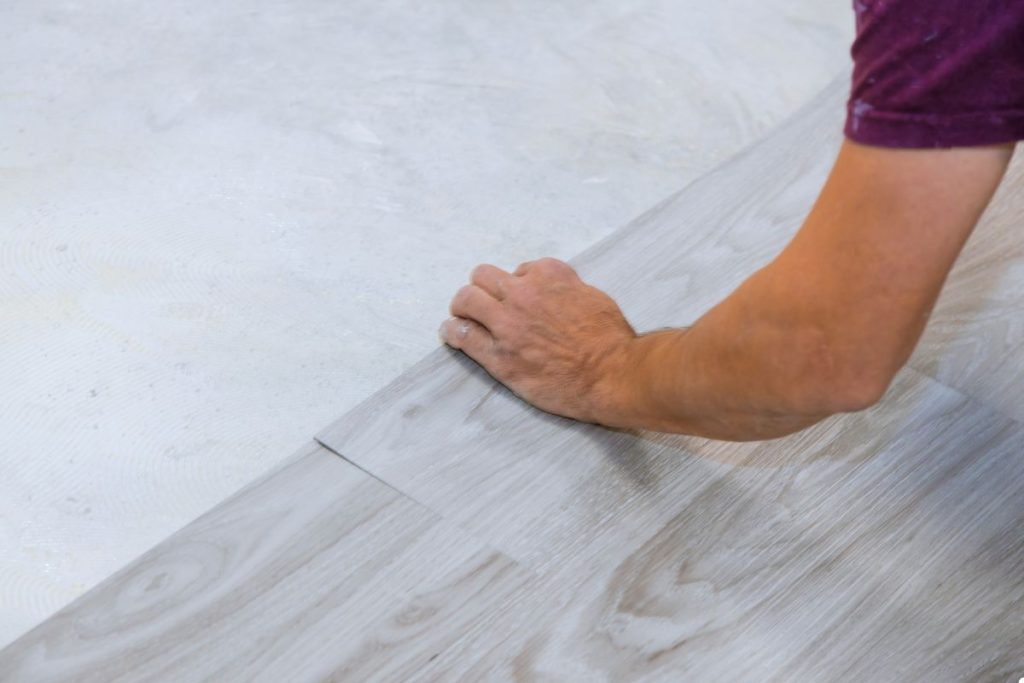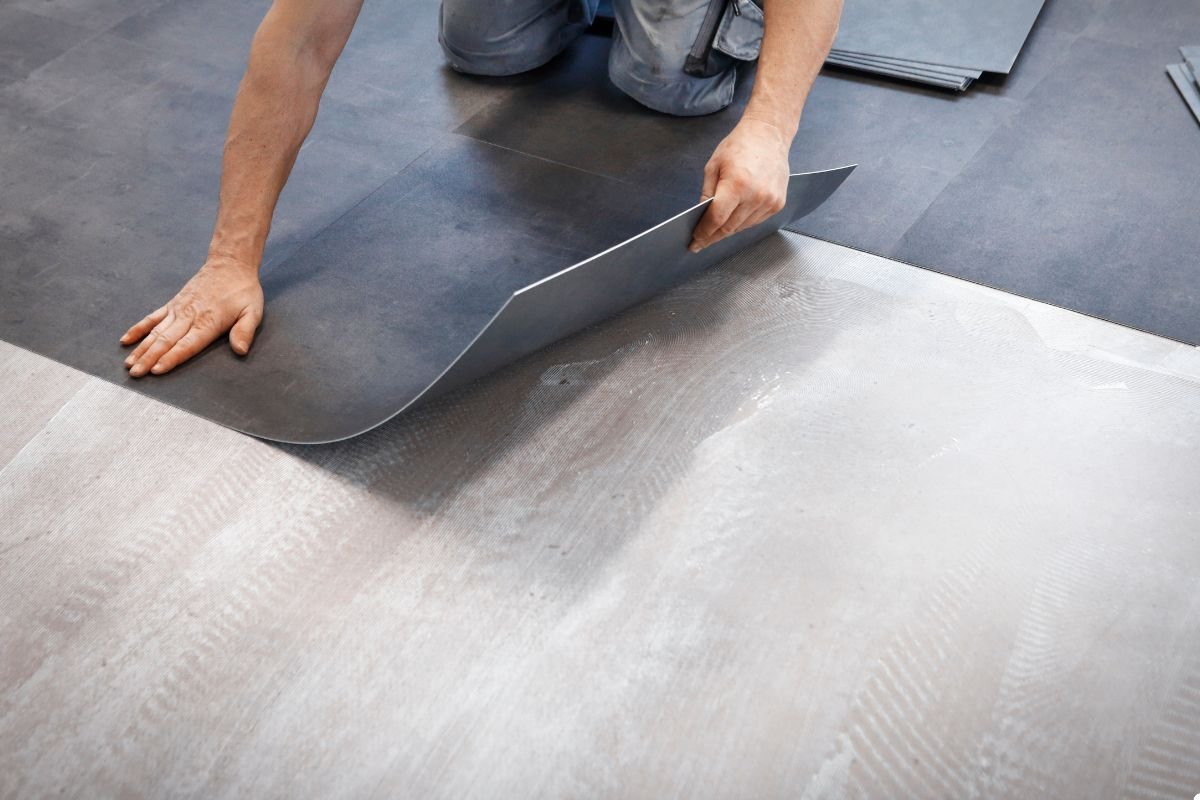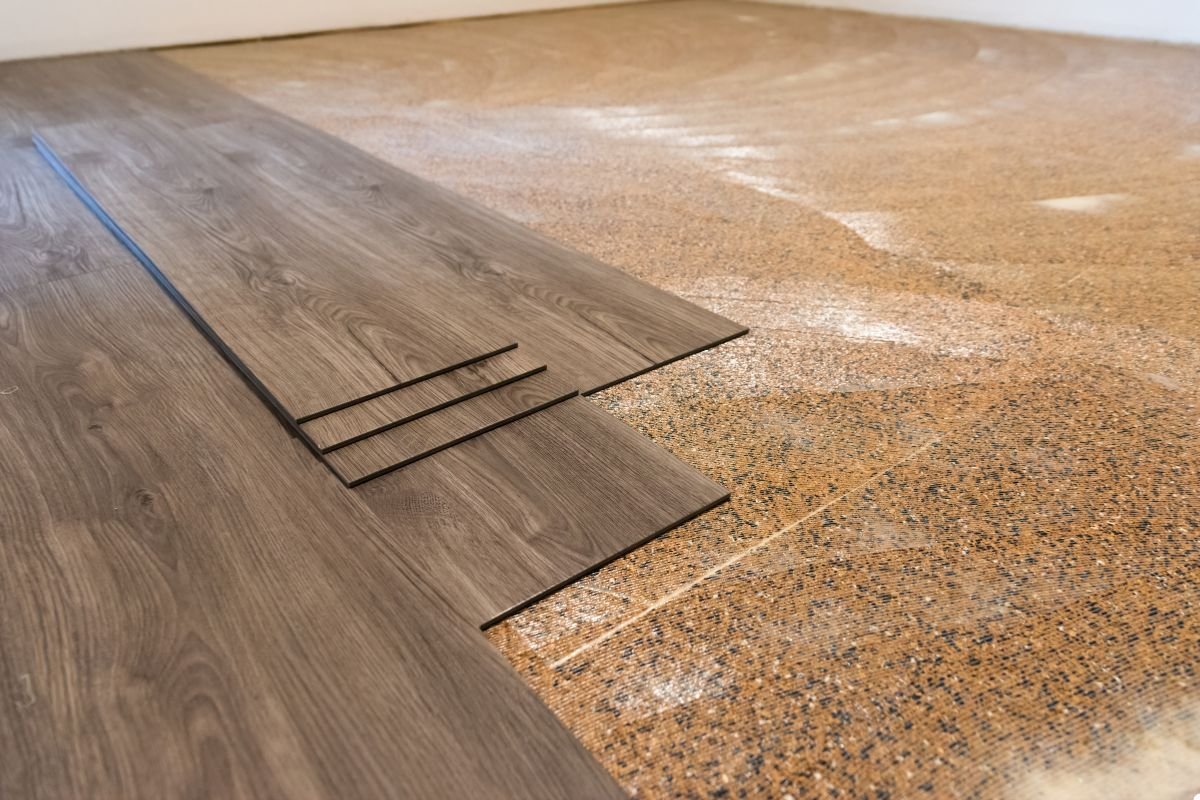
Want beautiful floors without harming the planet? The answer to whether vinyl plank flooring (VPF) is environmentally friendly isn’t a simple yes or no. While concerns exist regarding its materials and disposal, VPF also offers benefits like durability and recycled content options. This article dives deep into the pros and cons, helping you make an informed choice for your USA home. Call Us today to discuss eco-friendly flooring options!
What is Vinyl Plank Flooring (VPF)? Decoding Materials and Manufacturing
Vinyl plank flooring, often abbreviated as VPF, has become incredibly popular across the USA for its durability, water resistance, and realistic wood and stone looks. But what exactly is it?
- What is Vinyl Plank Flooring Made Of? VPF is primarily composed of PVC (polyvinyl chloride) plastic. It often includes additives like plasticizers (often phthalates to enhance flexibility), stabilizers, and pigments for color and design. Some newer VPF products are moving towards phthalate-free formulations.
- Common Manufacturing Processes: The manufacturing process usually involves layering these materials. A base layer provides stability, a printed layer creates the visual design, and a top wear layer protects against scratches and wear. The layers are often fused together under heat and pressure.
VPF mimics the look of hardwood flooring or stone at a lower price point. However, its environmental impact hinges on its composition and production.

The Concerns: Environmental Drawbacks of Vinyl Plank Flooring
While VPF boasts some advantages, it’s crucial to acknowledge the environmental concerns:
- PVC and its Environmental Impact: Dioxins and Phthalates: The production of PVC can release dioxins, highly persistent environmental pollutants. Some plasticizers used to make VPF flexible contain phthalates, which have raised concerns about human health and environmental effects. While many manufacturers are moving away from phthalates, it’s still important to be aware of their potential presence.
- VOC Emissions: Indoor Air Quality: Some VPF products release volatile organic compounds (VOCs) into the air, which can affect indoor air quality and potentially cause health problems. It’s crucial to choose low-VOC options and ensure proper ventilation after installation.
- Disposal Challenges: Landfill Waste: VPF is difficult to recycle, and most ends up in landfills. PVC is not biodegradable, contributing to long-term waste problems.
The Potential Benefits: Where VPF Can Be a Greener Choice
Despite the concerns, VPF also presents some potential environmental advantages:
- Durability and Longevity: Reducing Replacement Frequency: VPF is known for its durability and resistance to wear and tear. This means it can last for many years, reducing the need for frequent replacements compared to some other flooring options.
- Recycled Content Options: Minimizing Virgin Material Use: Some manufacturers offer VPF products made with recycled content, which helps to reduce the demand for virgin materials. Look for products with verifiable recycled content claims.
- Water Resistance: Preventing Mold and Rot (and Related Replacements): VPF’s water resistance is a major benefit. It prevents moisture damage, mold growth, and rot, which can lead to the premature replacement of other types of flooring.
Certifications and Labels: Navigating the Green Claims
Navigating “green” claims can be confusing. Look for these certifications on VPF products to ensure they meet specific environmental standards:
- FloorScore Certification: FloorScore certification ensures that flooring products meet strict VOC emission limits, contributing to better indoor air quality.
- GREENGUARD Certification: Similar to FloorScore, GREENGUARD certification verifies that products have low VOC emissions and are safe for indoor use.
- Declare Labels: Declare labels provide transparency about a product’s ingredients and its environmental and health impacts.
Making Informed Choices: Tips for Choosing More Sustainable VPF
Here’s how to make more sustainable VPF choices:
- Look for Recycled Content: Choose VPF products made with recycled content to reduce the demand for virgin materials.
- Prioritize Low-VOC Options: Select VPF products that are certified as low-VOC to minimize the impact on indoor air quality.
- Consider the Entire Lifecycle: Think about the entire lifecycle of the product, from manufacturing to disposal.
- Proper Installation & Maintenance: Proper flooring installation and regular maintenance can extend the lifespan of your VPF flooring, reducing the need for replacement.

Beyond VPF: Exploring Alternative Eco-Friendly Flooring Options
While VPF can be a viable option, consider these alternative eco-friendly flooring choices:
- Hardwood (FSC Certified): Forest Stewardship Council (FSC) certified hardwood comes from sustainably managed forests.
- Bamboo Flooring: Bamboo is a fast-growing, renewable resource.
- Cork Flooring: Cork is harvested from the bark of cork oak trees, a renewable resource.
- Linoleum Flooring: Linoleum is made from natural materials like linseed oil, rosin, and cork dust. Linoleum is made from natural materials like linseed oil, rosin, and cork dust. Call us today to learn more or get a quote!
- Tile Flooring: Tile is a durable and long-lasting option, especially when sourced locally.
The Verdict: Can Vinyl Plank Flooring Be Environmentally Responsible?
Whether vinyl plank flooring is an environmentally responsible choice depends on several factors. While concerns exist about PVC and VOC emissions, the durability and recycled content options of VPF can make it a viable choice. By making informed choices, considering alternatives, and prioritizing sustainability, you can minimize your impact on the environment. Contact us to guide your decision and install your flooring perfectly!

